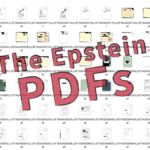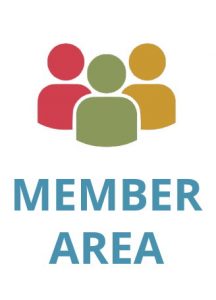More than 3,000 librarians from all provinces will exchange experiences and learn about new trends and developments in librarianship, including PDF/A, which has established itself gradually as the preferred archival format. PDF/A, the ISO 19005 standard for long-term archiving in PDF format, is increasingly used in libraries, both for digital documents and legacy content conversion. The PDF/A Competence Center will host a booth (booth 14 b) where visitors can learn about legacy content conversion, the metadata contained in the PDF/A standard and other relevant topics, as well as information about PDF/A-2.
Duff Johnson considers the Beyond the PDF workshop and suggests PDF/E as a means of developing real-world solutions for science publishing.
Duff Johnson reviews a recent report on PDF content accessibility produced by the Australian federal government. The Report accurately characterizes the current state of affairs for Assistive Technology (AT) users attempting to interact with PDF content. However, it does not clearly identify the reasons why most AT users have a poor experience with PDF. Additionally, the Report provides no comparison of PDF accessibility, functionality, remediation complexity or cost with alternative formats. As a result, several of the Report’s key conclusions are unsupported by the data presented.
The PDF/A Competence Center, the professional association of the PDF/A community, expects great progress in PDF/A adoption over the next two years. The Centers new Board reflects increasing international focus, with Germanys Olaf Drümmer as the new chairman of the Board, new vice chair Duff Johnson from the United States and new Board member Stewart Rogers from the United Kingdom.
NOTE: Since this article was published the ISO specification for PDF/A has added new “parts”. Visit the PDF/A resource page for current information on published versions of PDF/A. Executive Summary PDF/A-1a is the higher of the two conformance levels for PDF/A. This article explains that the “a” stands for “accessible”, and provides an overview … Read more
The European Patent Convention says up to 4,000 new patent applications and specifications are published every week. Since its foundation in 1978, the European Patent Office has published around 3.3 million patent documents. The global intellectual property database espacenet storing all electronically available patent documents worldwide contains currently around 80 million patent documents and is growing yearly by more than 2 million documents. Could PDF/A be a solution for them?




